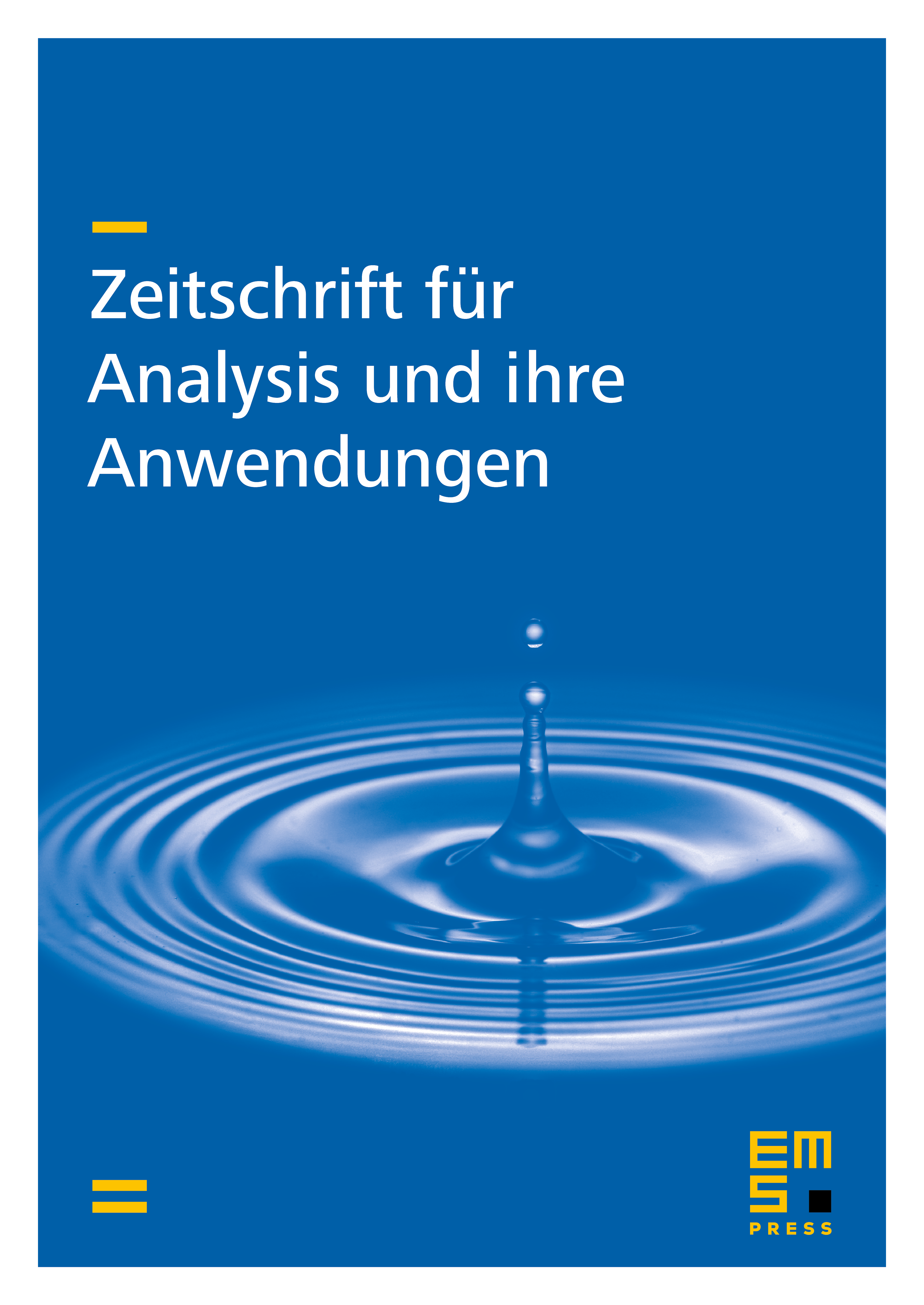Littlewood–Paley Theory for the Differential Operator
Kwok-Pun Ho
The Education University of Hong Kong, China

Abstract
Littlewood–Paley theory for the differential operator, , is developed. This study leads to the introduction of a new class of Triebel–Lizorkin spaces associated with the dilation , . The corresponding atomic and molecular decompositions are obtained. A frame generated by modulations, dilations and translations is also studied. Using this result, we show that is a linear isomorphism from to .
Cite this article
Kwok-Pun Ho, Littlewood–Paley Theory for the Differential Operator . Z. Anal. Anwend. 29 (2010), no. 2, pp. 183–217
DOI 10.4171/ZAA/1405